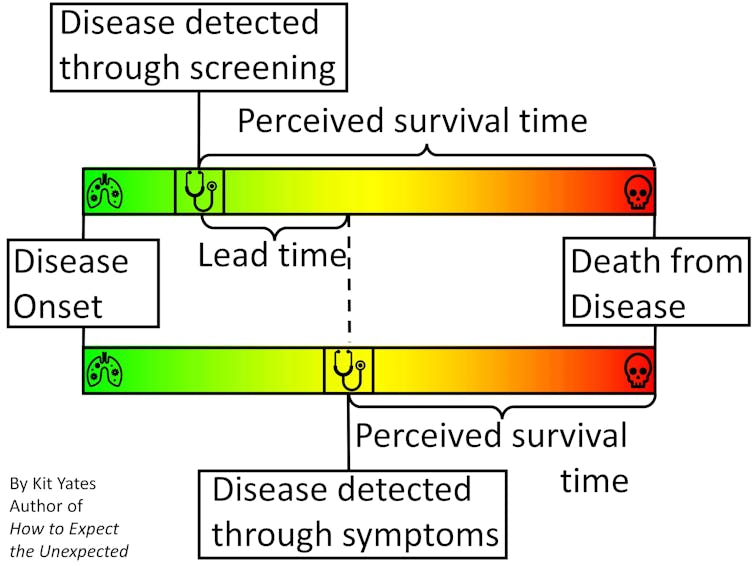This post is adapted from my Indy Voices article of the same title originally published on 17/04/23
In front of an audience of students, teachers, education experts and business leaders, Rishi Sunak set out his plans to “transform our national approach to maths”.
Citing England’s “anti-maths mindset” the prime minister suggested: “We’ve got to start prizing numeracy for what it is – a key skill every bit as essential as reading.”
In an attempt to “not sit back and allow this cultural sense that it’s OK to be bad at maths” and to not “put our children at a disadvantage”, Sunak has commissioned an expert panel made up of mathematicians, education leaders and business representatives to figure out how to “fundamentally change our education system so it gives our young people the knowledge and skills they need”.
Plans to investigate how we can tackle issues around numeracy in England are laudable. The PM’s assertions that higher attainment in mathematics will “help young people in their careers and grow the economy” are not wrong. It is an uncomfortable fact that England consistently scores poorly when compared to other OECD nations for adult numeracy.
Lower numeracy is associated with poorer financial wellbeing for individuals. At the population-level, low-levels of maths skills could be costing the economy billions.
It is also true that there is a much greater stigma attached to illiteracy than there is to innumeracy. You don’t hear people boasting of not being able to read in the same way that people will proudly assert how poor they are at mathematics.
In part, this is because it is much harder to function day-to-day with poor literacy than it is with poor numeracy. But poor numeracy can have hidden and wide-ranging impacts with, for example, one in four people surveyed recently suggesting they had been put off applying for a job because it involved numbers or data.
However, it is not clear that Sunak’s previously announced plan to enforce compulsory mathematics until the age of 18 will tackle these problems effectively. In reality we need a more holistic approach which tackles the stigmas surrounding the study of quantitative subjects throughout primary and secondary education.
By the age of 16, the battle for the prestige of mathematics has already been lost for many of our young people. It is possible that enforcing further mathematical study on these disaffected young adults will make the problem worse, not better.
The blanket policy of compulsory maths for everyone in education up to the age of 18 has the potential to backfire, putting pupils off post-16 education completely.
Instead, we need to work to change attitudes towards numeracy from the very earliest stages of our children’s mathematical education. Hands-on mathematics discovery centres, such as the recently launched MathsCity in Leeds, are one way in which we can hope to build a fun and engaging image of mathematics for our children from an early age.
Illustrating the importance and relevance of maths and the opportunities it can open up as part of the curriculum – something that is currently being attempted by the relatively new “core maths” qualification – might also help to improve attitudes towards mathematics.
Perhaps the biggest threat to the quality of maths education in England today is the long-term shortfall in the number of maths teachers in post. Despite significantly reducing their target for the recruitment of maths teachers, the government again failed to hit even this diminished objective in 2022.
Almost half of all secondary schools are already using non-specialist teachers for maths lessons.
How does the prime minister expect to expand our mathematics education opportunities when we can’t even fill the posts required for our current provision?
Given that the current industrial action being waged by teachers has been triggered by the erosion of teachers’ pay and conditions, and with no resolution to the dispute on the horizon, it is unclear how the government will be able to tackle even the current deficit in teacher numbers let alone recruit enough to deliver an expanded curriculum.
Whilst the idea of improved numeracy for all is an important one – and one which if achieved would significantly benefit both the people of the UK as individuals and the nation as a whole – it is not clear that there is a plan in place to deliver this effectively.
Presumably, Sunak’s expert-led review will be charged with advancing just such a plan. But without the teachers required to cope even with our current educational demands and no satisfactory resolution to strike action on the horizon, it remains to be seen how we will possibly implement any plan to improve numeracy that requires an expansion in our ability to deliver relevant, engaging and inspiring maths lessons.







